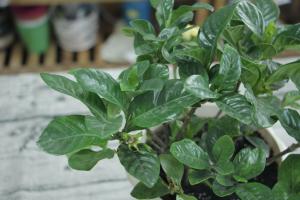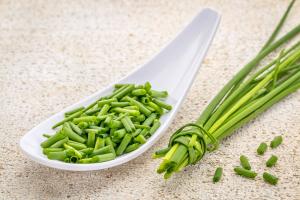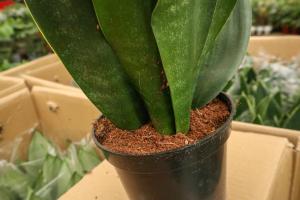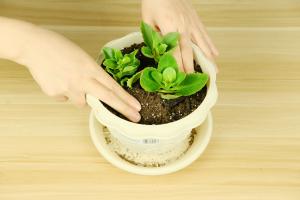Is Sphagnum Moss OK to Use Planting Tomatoes?
When it comes to planting tomatoes, gardeners are always looking for the best growing medium to ensure healthy plant growth and yields. One medium that has gained popularity in recent years is sphagnum moss, a type of peat moss that has been used for centuries to improve soil quality. While sphagnum moss has many benefits, is it ok to use it for planting tomatoes? Let's take a closer look.
What is Sphagnum Moss?
Sphagnum moss is a type of peat moss that grows in peat bogs and wetlands around the world. It is made up of the living and dead parts of sphagnum plants, which slowly decay over time to form a thick layer of organic matter. Sphagnum moss is harvested and processed to create a soil amendment that is used to improve soil quality and plant health.
The Pros of Using Sphagnum Moss for Tomatoes
One reason why gardeners love using sphagnum moss for planting tomatoes is that it is an excellent growing medium. Sphagnum moss is able to retain a large amount of water, which means that it can help to prevent drought stress in plants. It also has a high cation exchange capacity, which means that it can hold onto important nutrients like calcium and magnesium, making them available to plants for longer periods of time.
Another benefit of sphagnum moss is that it is naturally antimicrobial, which can help to prevent diseases in plants. It also has a slightly acidic pH, which is ideal for tomatoes, as they prefer slightly acidic soil.
The Cons of Using Sphagnum Moss for Tomatoes
While there are many benefits to using sphagnum moss for planting tomatoes, there are also some drawbacks to consider. One significant issue is that sphagnum moss is not a sustainable resource. Peat bogs are fragile ecosystems that are slow to regenerate, and harvesting sphagnum moss can damage these ecosystems.
In addition, sphagnum moss is relatively expensive compared to other growing mediums, so it may not be feasible for gardeners on a budget.
How to Use Sphagnum Moss for Tomatoes
If you decide to use sphagnum moss for planting tomatoes, it is important to use the appropriate amount and blend it with other growing mediums. A 50/50 blend of sphagnum moss and perlite or vermiculite is a good starting point. This can be mixed with compost or aged manure to provide additional nutrients for the plants.
It is also important to keep sphagnum moss moist throughout the planting process, as it can be difficult to rehydrate once it has dried out. Watering plants slowly and deeply can help to ensure that the sphagnum moss remains moist and provides a good growing environment for tomatoes.
Conclusion
In conclusion, sphagnum moss can be an excellent growing medium for planting tomatoes. It has many benefits, including its ability to retain water and nutrients, its antimicrobial properties, and its slightly acidic pH. However, it is important to consider the drawbacks, including its cost and lack of sustainability. By using sphagnum moss in conjunction with other growing mediums and following best practices for watering, gardeners can reap the benefits of this unique growing medium and enjoy a successful tomato harvest.

 how many times do yo...
how many times do yo... how many planted tre...
how many planted tre... how many pine trees ...
how many pine trees ... how many pecan trees...
how many pecan trees... how many plants comp...
how many plants comp... how many plants can ...
how many plants can ... how many plants and ...
how many plants and ... how many pepper plan...
how many pepper plan...
































